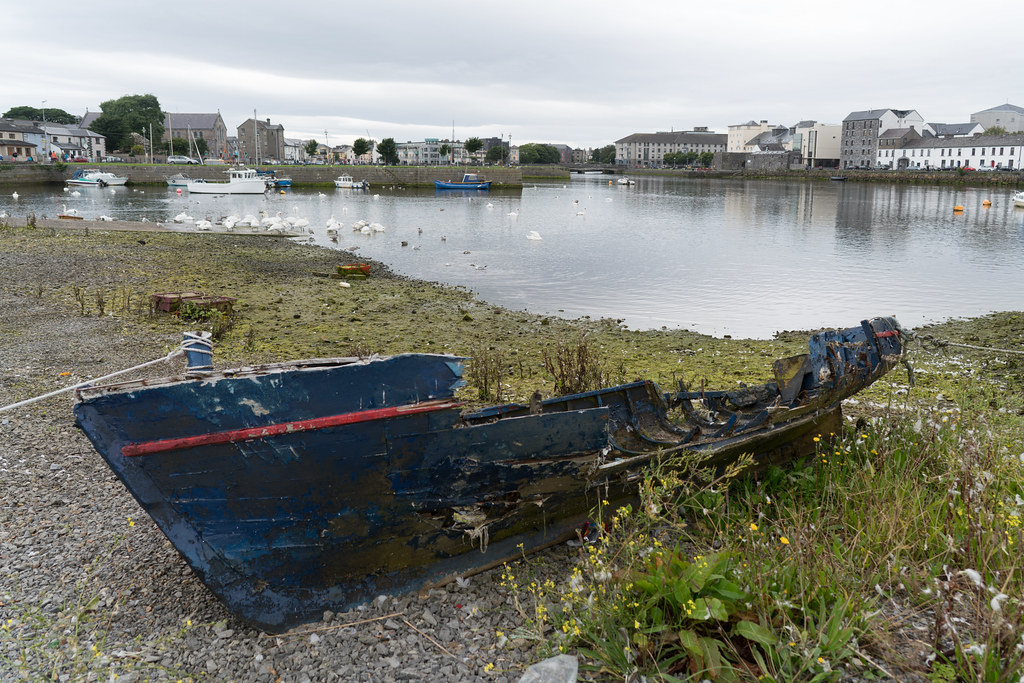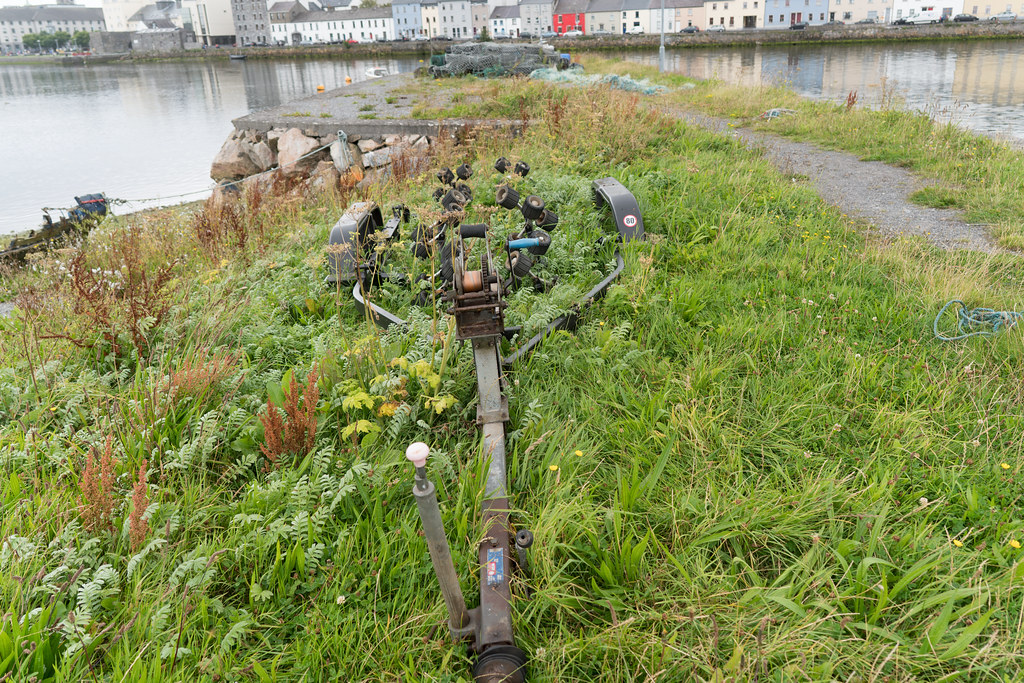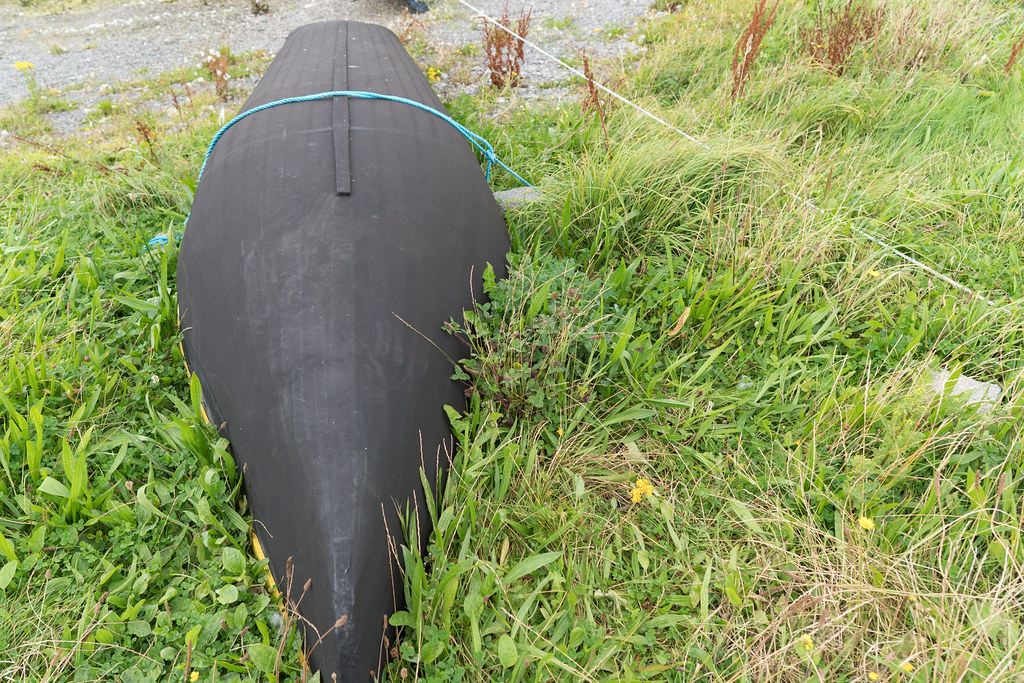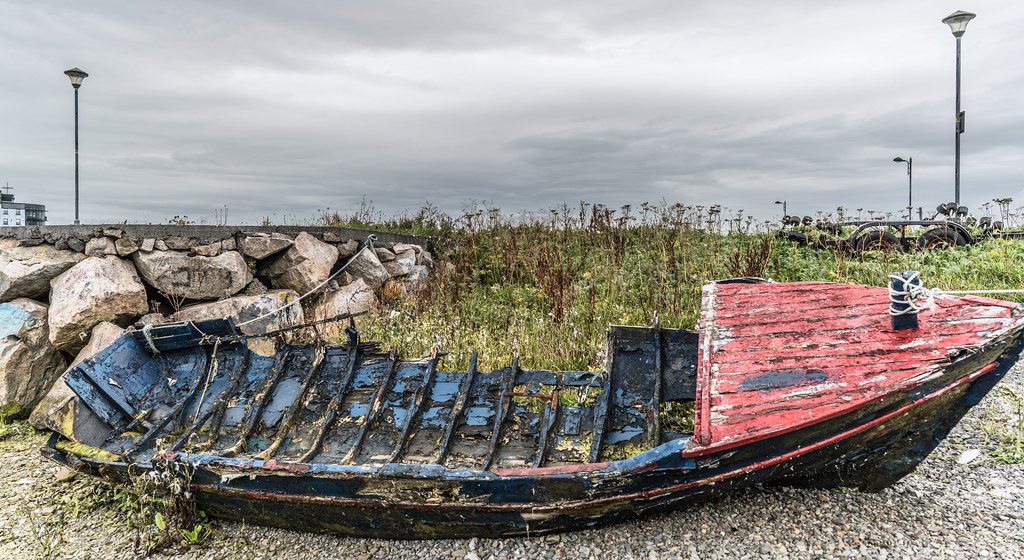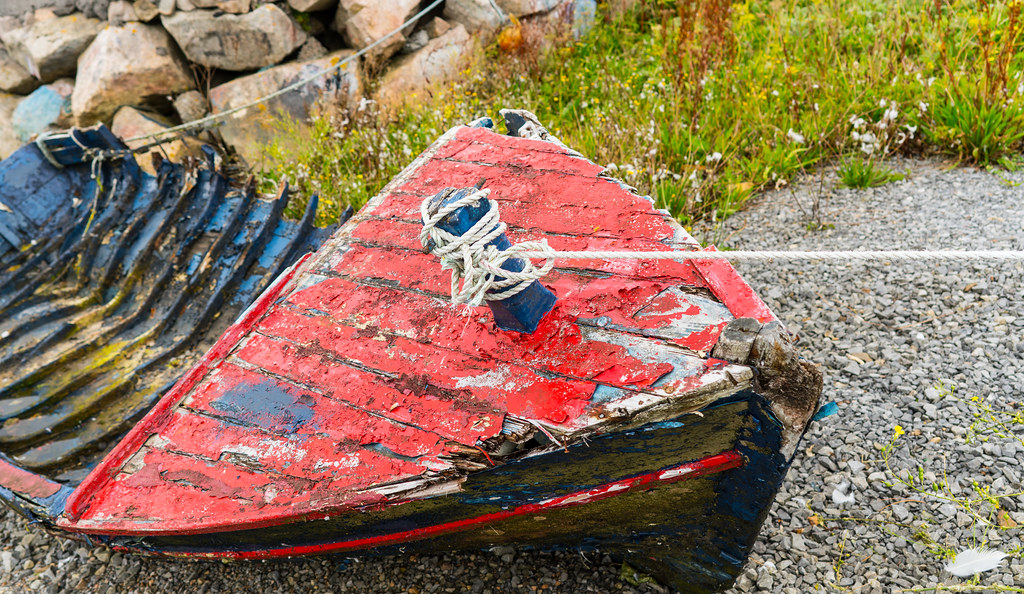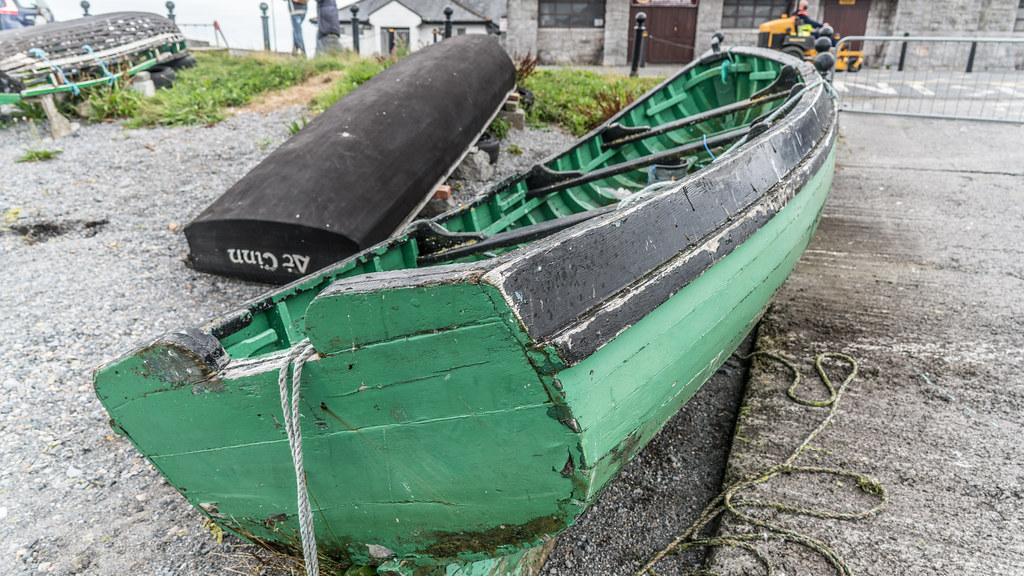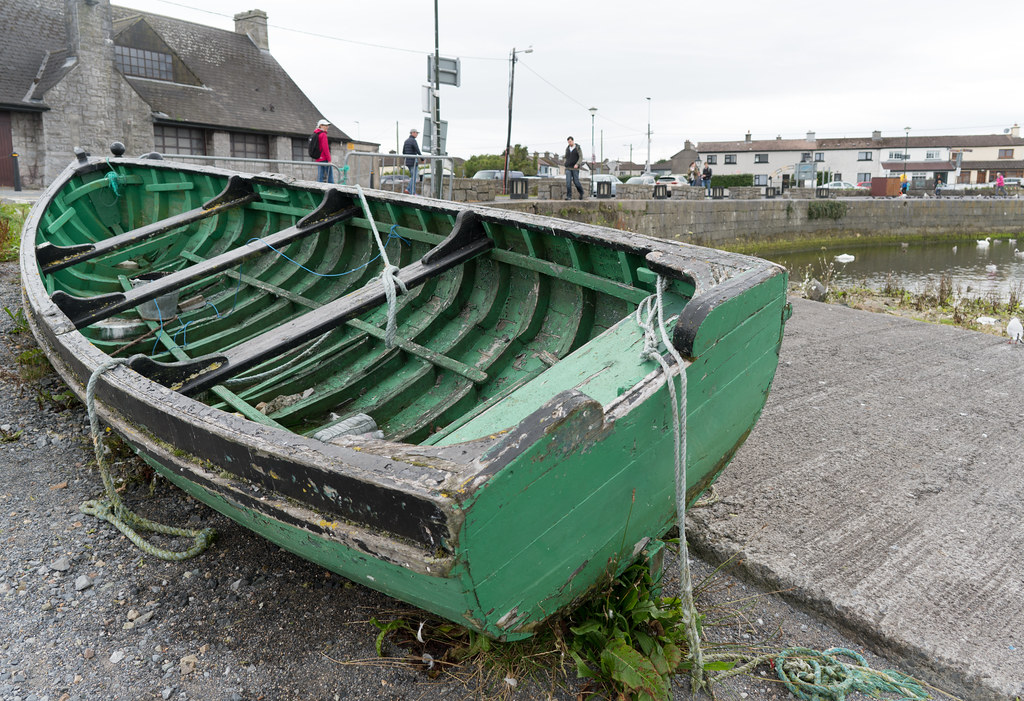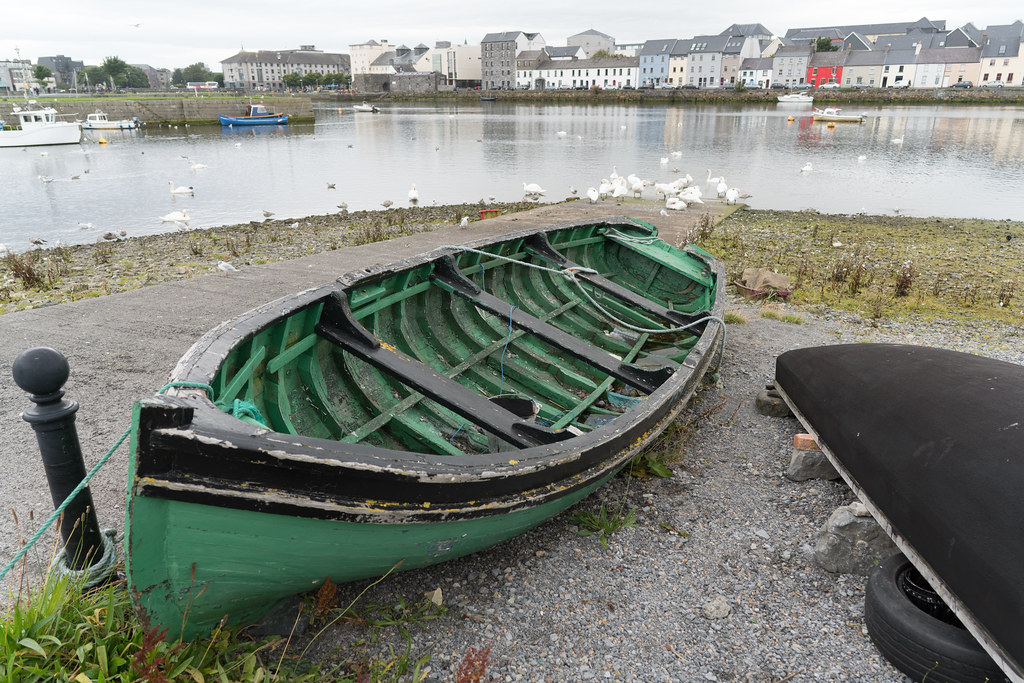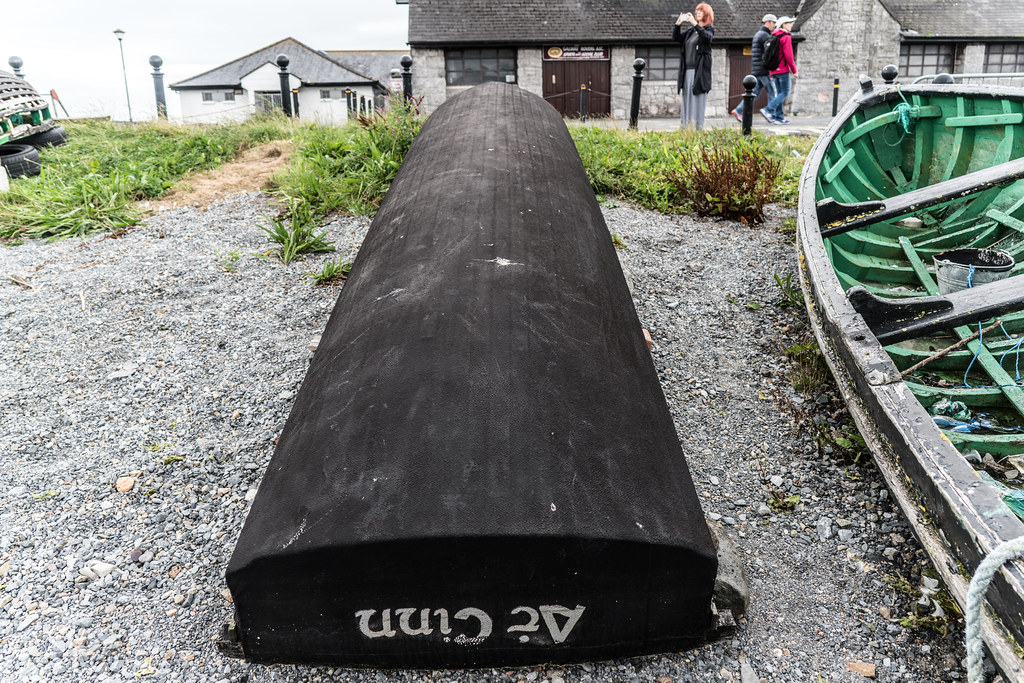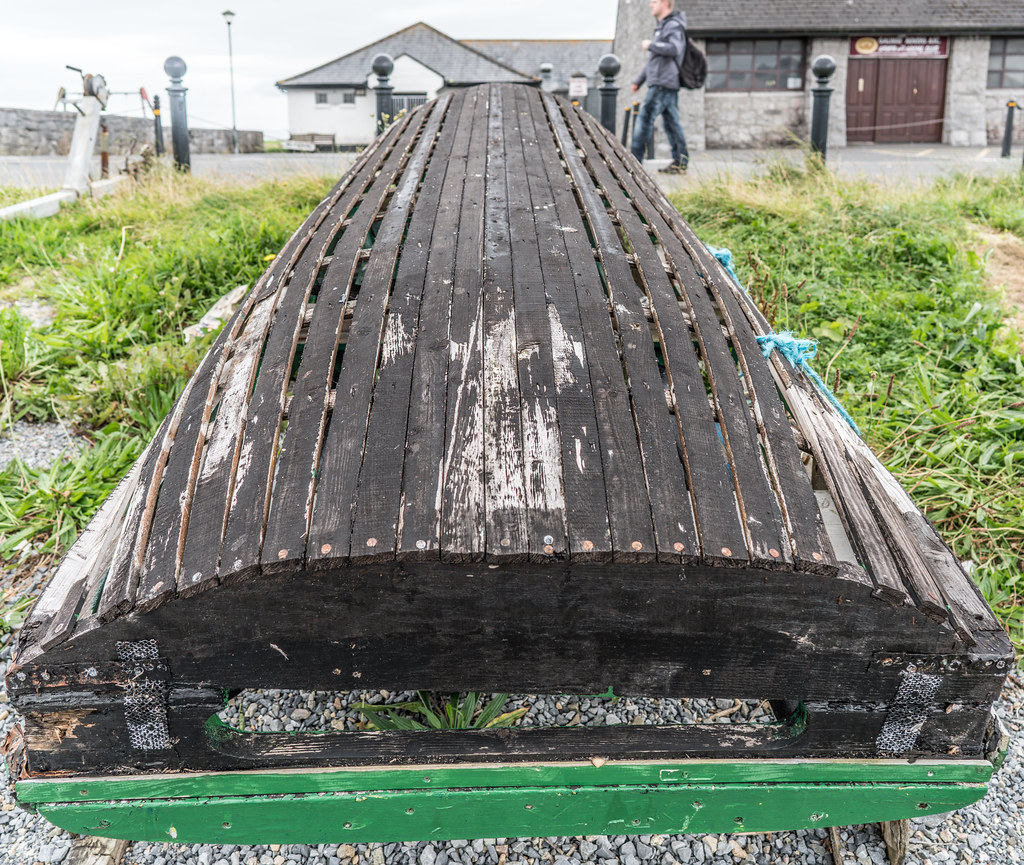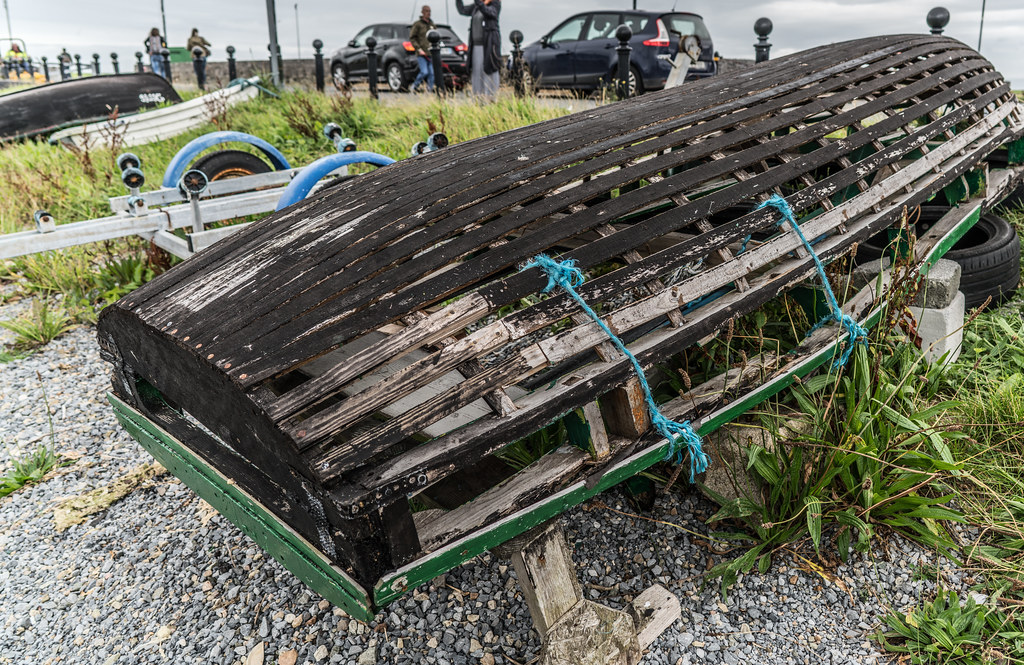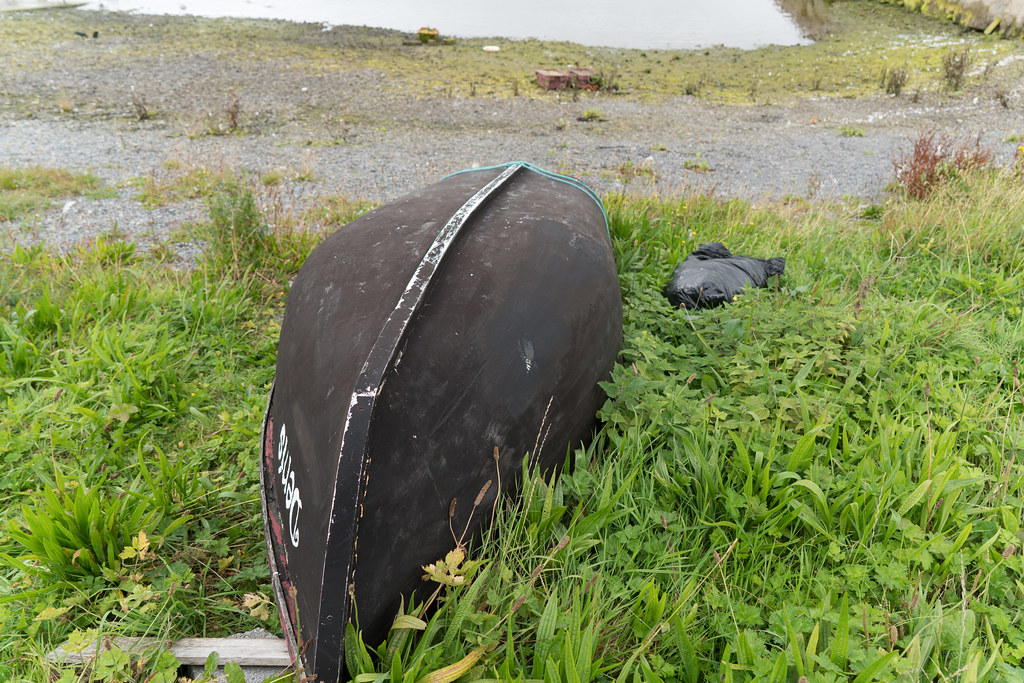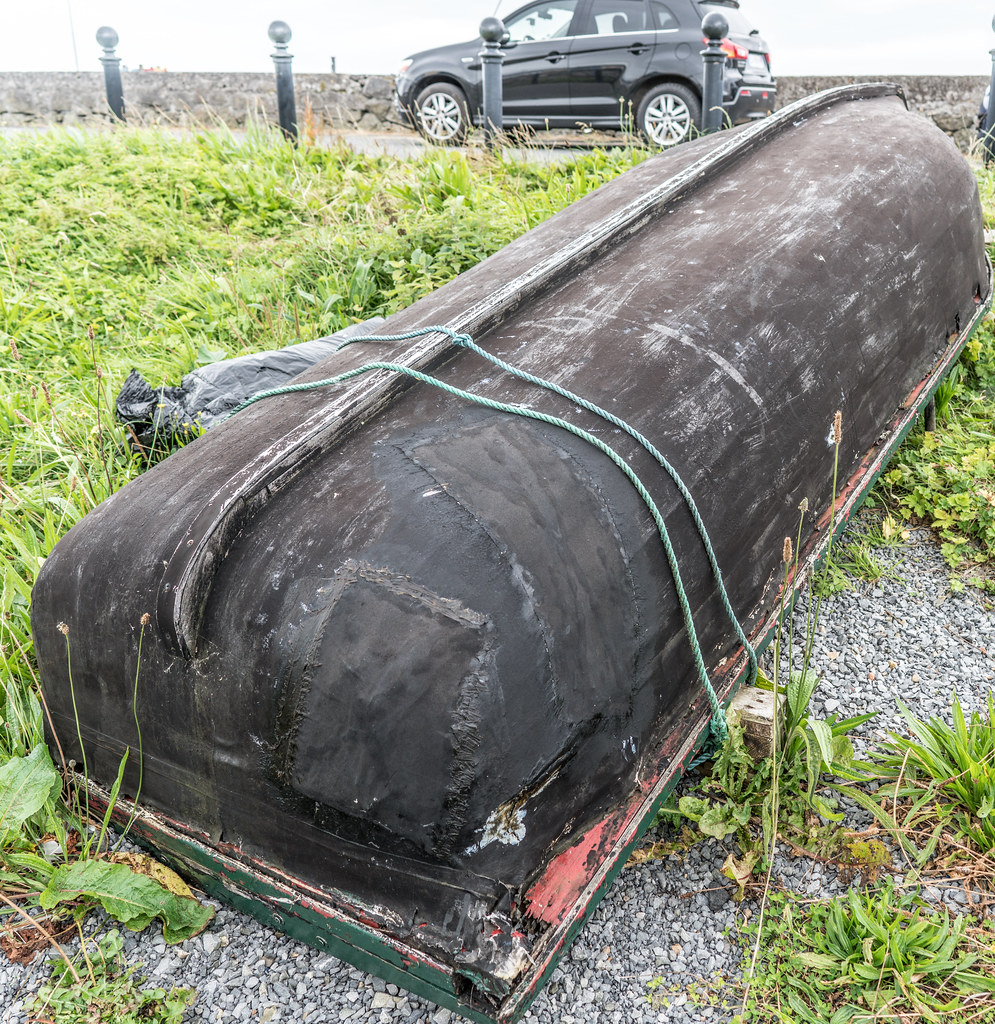
Custom Search
THE GREEN MENU OPTIONS ARE MOBILE FRIENDLY AND ARE FASTER SO THEY ARE RECOMMENDED. THE RED MENU OPTIONS ARE SOMEWHAT SLOWER DEPENDING ON YOUR DEVICE OR BROWSER AND ARE MORE SUITABLE FOR DESKTOPS AND LAPTOPS. THE BLUE OPTIONS ARE PAGE LINKS AND WILL BE PHASED OUT GOING FORWARD
BOATS AT CLADDAGH - PHOTOGRAPHED IN AUGUST 2016
I do not know why these boats have been abandoned. Maybe they no longer serve any purpose, maybe tho owners are gone out of business or have gotten too old.
Claddagh is an area close to the centre of Galway city, where the Corrib River meets Galway Bay. It was formerly a fishing village, just outside the old city walls. It is just across the river from the Spanish Arch, which was the location of regular fish markets where the locals supplied the city with seafood as recently as the end of the 19th century.
People have been gathering seafood and fishing from the area for millennia. It is one of the oldest former fishing villages in Ireland - its existence having been recorded since the arrival of Christianity in the 5th century.
During the 19th century the Claddagh attracted many visitors, including writers who spread its fame. The original village of thatched cottages was razed in the 1930s and replaced by a council-housing scheme.
The Claddagh is most famous internationally for the Claddagh ring, which is popular among those of Irish heritage as both a friendship and wedding ring. This traditional design consists of two clasped hands holding a crowned heart, and symbolises love, friendship and loyalty.
The Claddagh area contains a national school, Community Centre and a Catholic Church as well as the new Claddagh Arts Centre.
Note: The Dominican Fathers founded the Piscatorial School on Claddagh Quay in 1846 to help educate the local children but during my visit I noticed that the building was for sale. “Joint agents GVA Donal O Buachalla and Power & Associates are guiding €500,000 for the three-storey listed building dating from 1846 which extends to 303sq m (3,260sq ft) and stands on a paved rectangular shaped site of 446sq m (0.11 of an acre). The distinctive building is being sold on behalf of the Dominican Fathers who have a church, priory and community hall close by. “
Notable natives of the area include Thomas Grady, recipient of the Victoria Cross.
Claddagh is an area close to the centre of Galway city, where the Corrib River meets Galway Bay. It was formerly a fishing village, just outside the old city walls. It is just across the river from the Spanish Arch, which was the location of regular fish markets where the locals supplied the city with seafood as recently as the end of the 19th century.
People have been gathering seafood and fishing from the area for millennia. It is one of the oldest former fishing villages in Ireland - its existence having been recorded since the arrival of Christianity in the 5th century.
During the 19th century the Claddagh attracted many visitors, including writers who spread its fame. The original village of thatched cottages was razed in the 1930s and replaced by a council-housing scheme.
The Claddagh is most famous internationally for the Claddagh ring, which is popular among those of Irish heritage as both a friendship and wedding ring. This traditional design consists of two clasped hands holding a crowned heart, and symbolises love, friendship and loyalty.
The Claddagh area contains a national school, Community Centre and a Catholic Church as well as the new Claddagh Arts Centre.
Note: The Dominican Fathers founded the Piscatorial School on Claddagh Quay in 1846 to help educate the local children but during my visit I noticed that the building was for sale. “Joint agents GVA Donal O Buachalla and Power & Associates are guiding €500,000 for the three-storey listed building dating from 1846 which extends to 303sq m (3,260sq ft) and stands on a paved rectangular shaped site of 446sq m (0.11 of an acre). The distinctive building is being sold on behalf of the Dominican Fathers who have a church, priory and community hall close by. “
Notable natives of the area include Thomas Grady, recipient of the Victoria Cross.
SORRY FOR THE DELAY


